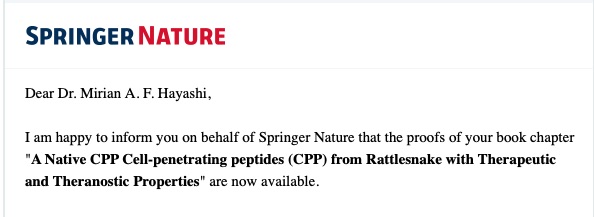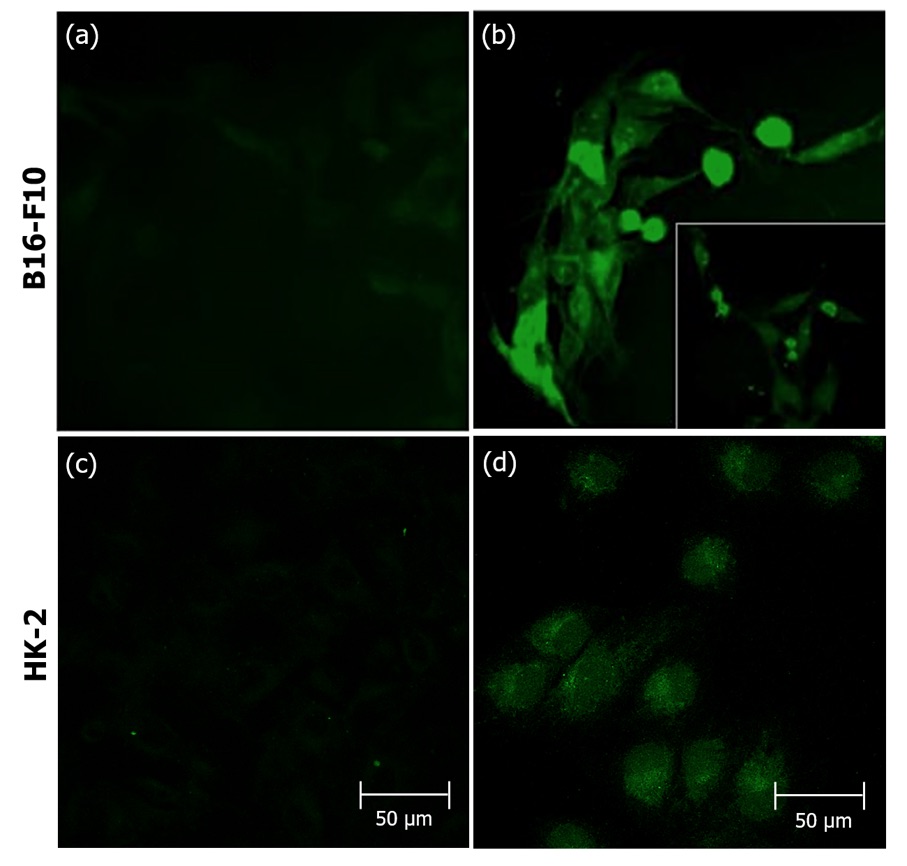
Methods Molecular Biology, Vol. 2383, Ülo Langel (Eds): Cell Penetrating Peptides, 978-1-0716-1751-9, 499596_3_En, (Chapter 6)
ISBN 9780367149741
Forthcoming by Springer Nature Publishing 
Abstract
The cell-penetrating peptides (CPPs) are characterized by the ability of internalization into cells in vitro and in vivo, and the ability of these peptides can rely on a high content of positive charges, as it is the case of the native CPP crotamine. Crotamine is a polypeptide of about 42 amino acid residues with high content of basic residues as Arg and Lys. Although most of known CPPs are linear peptides, native the South American rattlesnake crotamine from the venom of a South American rattlesnake has a well-defined 3D structure stabilized by three disulfide bonds which guarantee the exposure of side chains of basic amino acids. This 3D structure also protects this amphipathic polypeptide from the degradation even if when administered by oral route, therefore, also protecting also the biological activities of crotamine. As several different biological properties of crotamine are dependent of cell penetration of crotamine, the methods mainly employed for analyzing crotamine properties as anthelminthic and antimalarial activities, antimicrobial and antitumor activities, with a unique selective cytotoxic property against actively proliferating cells, as tumor cells, were chosen based on crotamine its ability of internalization mediated by itsbased on positive charge. This native cationic polypeptide is also able to efficiently carry, with no need of covalent linkage with the cargo, genetic material into cells in vitroin vitro and in vivoin vivo, suggesting its use in gene therapy. Moreover, the possibility of decorating gold nanoparticles keeping the ability of transfecting cells was demonstrated. More recently, the ability of crotamine to interfere in animal metabolism, inducing browning of adipose tissue and increasing the energy expenditure, and its application in renal therapy was demonstrated. As crotamine also accumulates specifically in tumor cells in vivoin vivo, and the potential utility of crotamine as a theranostic agent was then suggested. Therefore, diverse methodologies employed for the characterization and exploration of the therapeutic applications of this promising native CPP for remediation of several pathogenic conditions are presented here.



